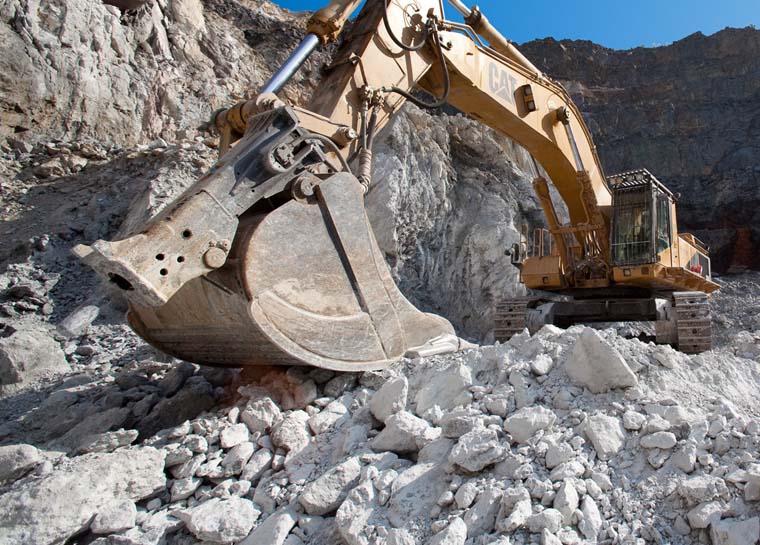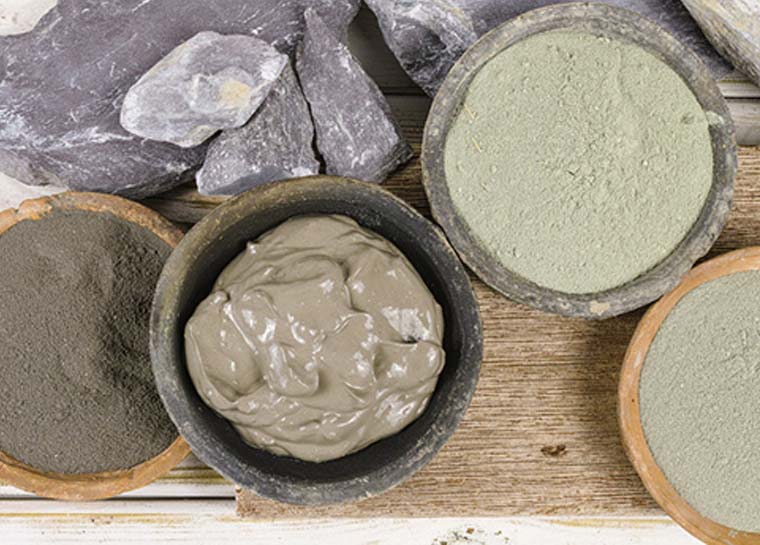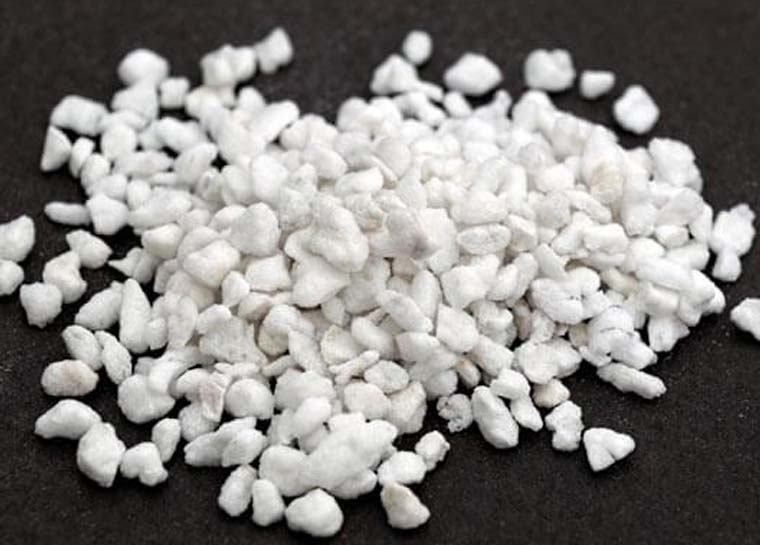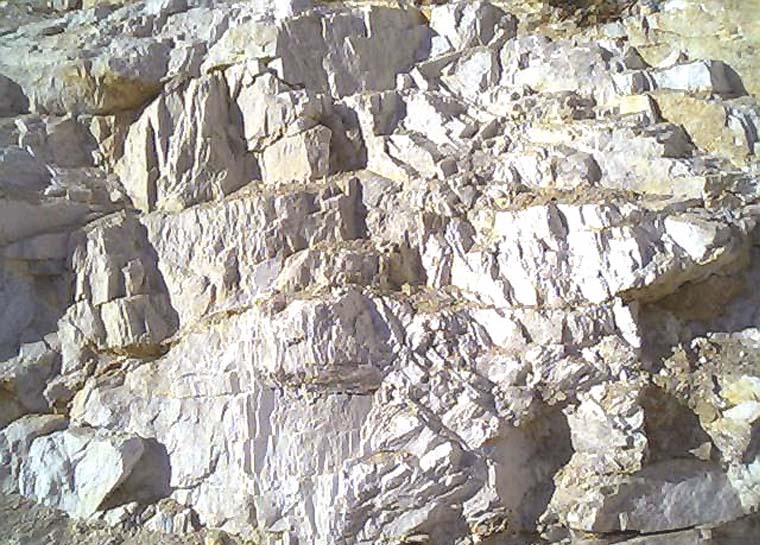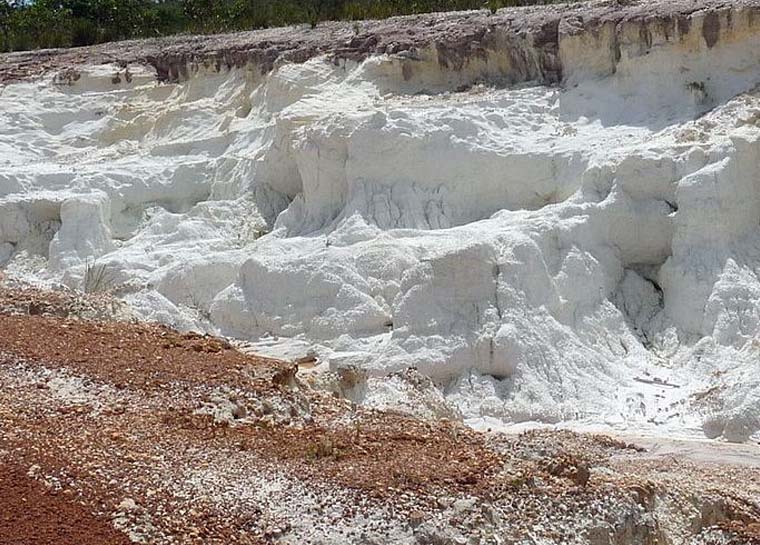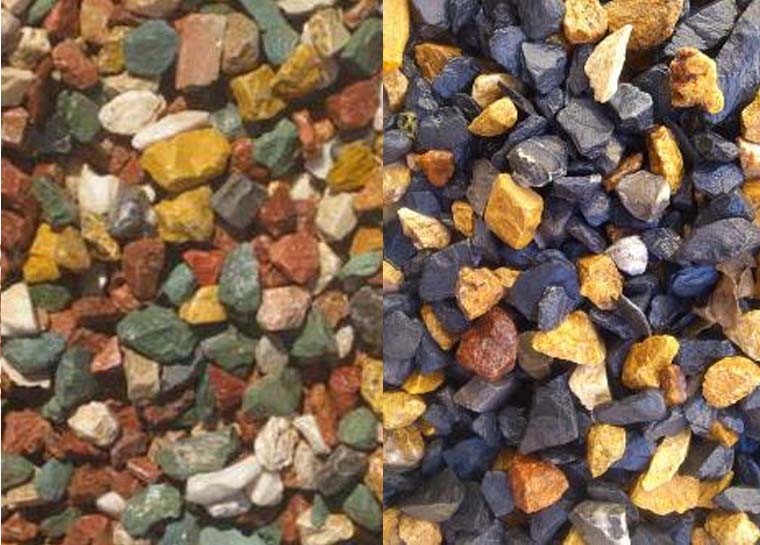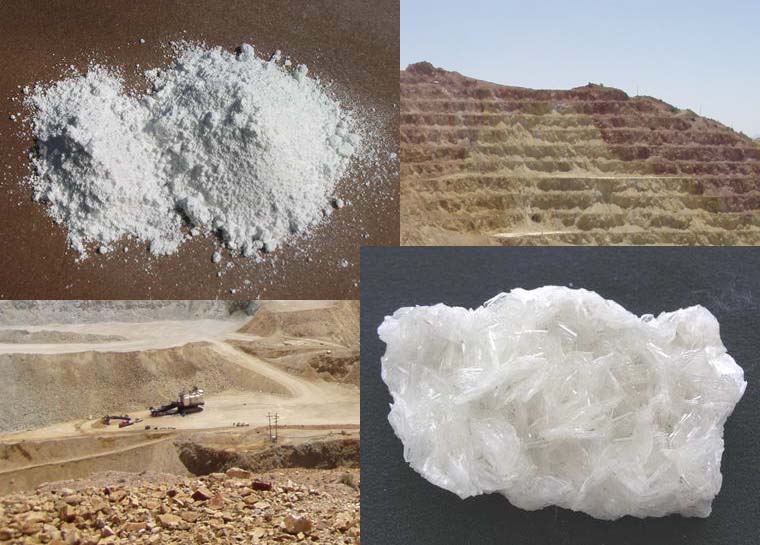Talc is crystallized in the formula of Mg3Si4O10 (OH) 2 in the mono-clean system and belongs to the group of minerals of the group of phyllo-silicates. The arrangement of the elements in this mineral is such that the free oxygen of the two layers, or in other words the free vertices of the tetrads, are placed opposite each other. These two layers are connected by elements such as AL+ or Mg+ 3, and generally a very strong double network is created. Talc mono-crystals are fine and transparent, and are mostly in the form of scaly, bowl-like grains, fibrous filaments, and generally dense, fine-grained grains. In scaly grains, the excellent separation level of talc is visible and it has a shell polish on the cleavage surface. With a hardness of about one and a low specific gravity (2.8 – 2.7 grams per cubic centimeter), its touch is greasy and affects on the hand. Talc is a colorless, white mass, and its single crystals are pale or blue if coarse. Its mass type is found in impurities in different colors of mud, light yellow and light gray, which is also called Speeskstein talc or oily stone. Due to high heat, its hardness increases to 6.
Ordinary acids are ineffective in talc. Minnesotaite is called talc to replace magnesium with a significant amount of iron. (Fe) where = H 01/3 and is generally colorless or light green. Colorless dense granular talc is also called sewing soap.
Applications of Talc
Porcelain, Ceramic, Tile and Insulator Industries:
The presence of talc in ceramics causes resistance in the products and since talc prevents the formation of small cracks and the tile is crushed over time when the tile is baked, its use in this industry is more welcomed. Other advantages of talc in the ceramic tile industry are high heat or resistance to acids and low volume change in a wide thermal range and greater transparency. Talc is used when glazing requires silica and magnesium and in low grades, about 4% of talc is used as a melting aid and in high grades as refractory and a heat shock regulating agent. Talc is generally used as a melting aid. It is also used in colored slurries from 5 to 15%. Relatively pure talc with a lower percentage is used in the mixture of tile glaze raw materials. The use of talc in ceramics requires uniform physical and chemical properties and must be free of manganese and iron, and for high-frequency insulation more than 5% calcium oxide, 1.5% iron oxide and 4% aluminum oxide is not allowed.
Plastics:
In the United States in 2011, about 26% of talc consumption was related to plastic production. Talc is mainly used as a filler. Plate forms of talc can increase the hardness and thermal resistance of products such as polypropylene, vinyl, polyethylene, nylon and polyester and prevent them from melting.
Paint Production:
Most paints are a suspension of mineral particles in a liquid. Talc is used as a diluent and filler in paints. The plate shapes of talc particles improve the solid suspension, which can help the liquid paint stick to the wall without loosening.
Talc powder is very light white, this makes it a great filler in paint. Because it causes the color to be both white and light at the same time. Talc with low hardness is valuable, because it causes less damage to the spray nozzle and other equipment when painting. In 2011, 16% of talc consumption in the United States was related to paint making.
Paper Making:
Most papers are made from a paste of organic fibers. This paste is made of wood and other organic materials. Essential mineral is added to dough to act as filler. When the dough is rolled into thin sheets of mineral, it fills the spaces between the fibers of the dough, resulting in a paper with a smooth surface for writing. Talc as a filler can improve opacity, brightness, whiteness as well as the ability of paper to absorb ink. In 2011, the paper industry consumed 16% of the talc used in the United States.
Other Uses
Talc is used in chemical warfare agents – floor waxes – shoe waxes and even in peanut polishing.
Compact talc, which is cut into ingots, is used for laboratory tables, washbasins and sewers, acid tanks, electrical switchboards, electronic insulators, stove heaters, as well as household insulation materials. In addition, this type of talc is also used in sculpture.
In addition to the above uses in the soap industry, cosmetics, welding, filtering, health and pharmaceuticals and cosmetics, powder and dentistry, preparation of glossy papers, preparation of dusting materials, colored pencils and waxes, and in the industries of filling asphalt resistant in It is used against heat and mixed with cement.

